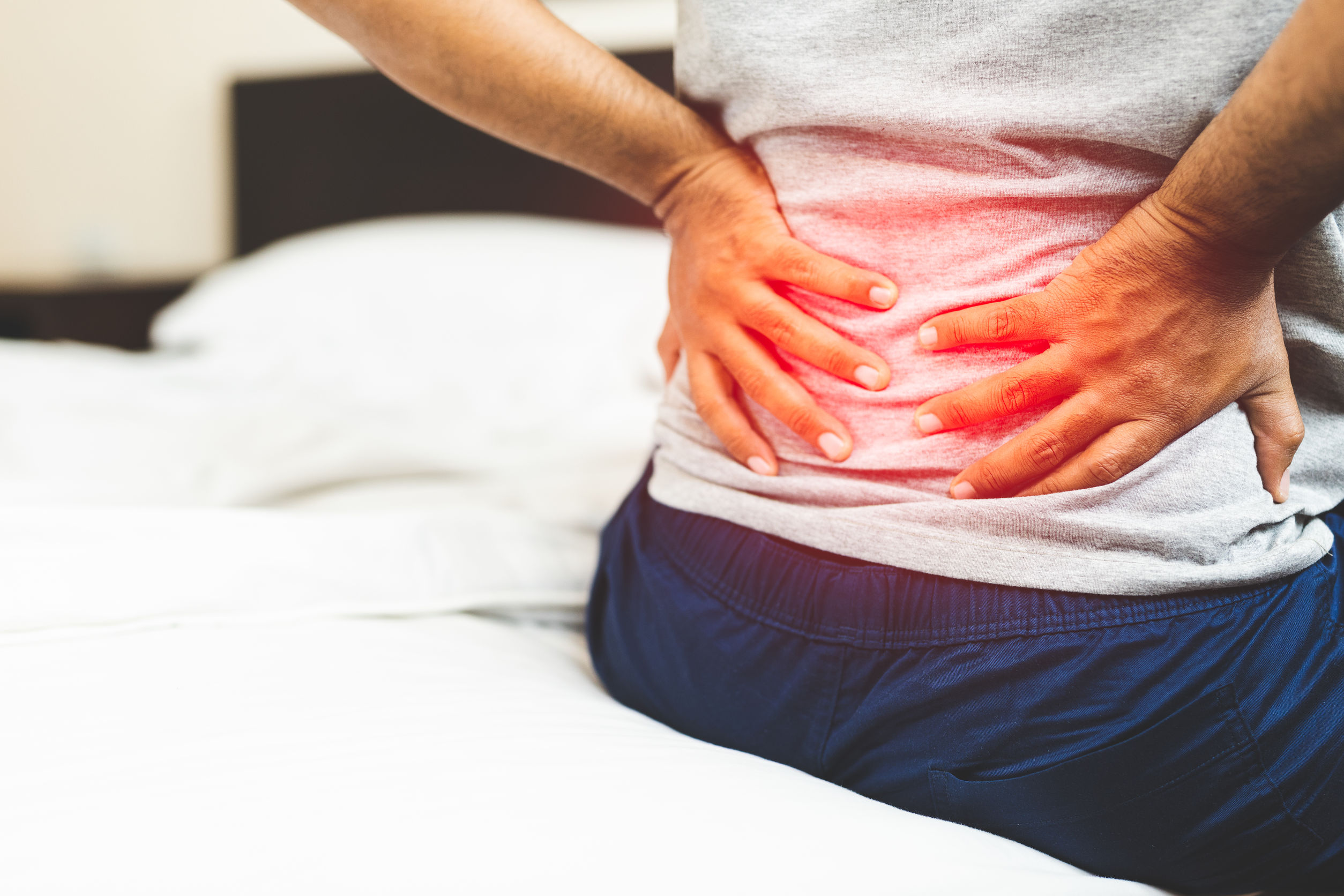”Colorado, do you experience chronic pain or know someone who lives with pain? Chronic pain is unfortunately a common problem faced by many of our community members and their loved ones. This week's article discusses the impact that exercise can have on pain. We hope you find this helpful.
Reading time: 6 Minutes
MWi Hacks:
- Learn seven easy ways to exercise to reduce pain
- Decrease inflammation, increase mobility, and decrease overall pain levels, no additional medication required
MWi Summary:
- Chronic pain is a massive burden on the U.S. adult population in terms of medical costs and productivity.
- Exercise can help manage and treat chronic pain by decreasing inflammation and increasing mobility.
- Cardiovascular exercises such as walking and swimming has physical and mental benefits for those with chronic pain.
- Relaxation exercises are helpful for those with chronic pain.
- Stretching can help relieve pain.
- Strength-based exercises can help stabilize joints and prevent future injuries. Core strengthening exercises are especially important.
According to the American Academy of Pain Medicine, chronic pain affects approximately 100 million U.S. adults and costs $560 to $635 billion per year in direct medical treatment costs and lost productivity. Talk about a painful pill to swallow.
Exercise is a common treatment for chronic pain. Depending on your current state of health, it may help decrease inflammation, increase mobility, and decrease overall pain levels, no additional medication required.
Try a combination of the cardio, relaxation, stretching, and strength exercises below and you may feel some of your pain ease away over time.
Cardio exercises
Cardiovascular exercise has several physical and mental benefits and can be particularly helpful for people with chronic pain. Cardio can be done any time of day and often requires little or no equipment. Try these two exercises.
Walking
Walking 30 minutes 3 to 5 times per week can help increase strength, endurance, and heart health. If walking is challenging for you, start slow and work your way up to longer walks as you get stronger. If you use a walker or a cane, make sure to take it with you.
Swimming and water aerobics
This is an excellent alternative to walking for people with mobility issues. This low-impact cardiovascular exercise can help keep you moving without putting added stress on your joints and muscles. Swimming can often be therapeutic, and it’s a great way to clear your mind.
Relaxation exercise
Relaxation exercises are important for many people who live with chronic pain. Visualization requires no equipment and can be done anywhere.
Deep breathing and visualization
- Lie on your back or another comfortable position on the bed or floor.
- Place your hands on your belly and relax your shoulders and feet.
- Close your eyes and take a deep breath in through your nose. Exhale through your mouth, being sure to release all of the air.
- Continue breathing in through your nose and out through your mouth, feeling your belly rise under your fingertips with each breath.
- Continue this pattern and visualize pain leaving your body with every breath.
- Repeat every evening before bed or throughout the day as needed.
Stretching exercises
If you have chronic pain in your low back or neck, stretching can relieve tension and stiffness. Try these equipment-free stretches for the back and neck to improve overall mobility and facilitate proper movement.
Low back and glute stretch
- Lie on your back on the floor.
- Bring your knees towards your chest, then wrap your arms around your knees and give yourself a gentle hug.
- Rock side to side, feeling a stretch through your hips and low back.
- Try crossing one leg over the other for an added glute and piriformis stretch.
- Stand or sit beside a door.
- Raise your elbow above the shoulder on the side you want to stretch.
- Rest your elbow against the door jam. This will rotate the outside of the shoulder blade up.
- Next, turn your head away from that side and bring your head to look down.
- Gently deepen the stretch by placing your free hand on top of your head and applying slight pressure.
Strengthening exercises
Building strength is important for stabilizing the joints and preventing future injuries.
For people living with chronic pain, adequate core strength is especially important. It helps you maintain proper posture and balance and reduces the risk of injuries that could lead to more pain.
Working the muscles of the abdomen, hips, and back can help improve core strength and stability. Try the exercises below.
Dead bug
- Begin by lying on your back with your arms extended above you like you’re reaching for the ceiling.
- Lift your feet into the air and bend your knees to 90 degrees. Engage your core by relaxing your ribcage and drawing your belly button down towards the floor.
- Exhale, then extend your left leg down towards the floor without letting it touch. At the same time, extend your right arm towards the floor above your head. Hold this position for 1 second. Return to starting position.
- Repeat on the other side. Do 10 repetitions on each side.
- Start by kneeling on all fours with your wrists under your shoulders and knees under your hips.
- Create a flat back. Draw your shoulder blades down your back and engage your core by pulling your belly button up towards your spine. Do not let your back arch throughout this movement.
- Extend one leg straight out behind you. Lower the leg, tapping your toe on the floor, then lift. Do not lift the leg above hip level. Repeat 10 times, keeping your core activated throughout the exercise and moving nothing but your leg.
- Repeat on the other side.
- You can increase the intensity of this exercise by kneeling on a small stability ball or foam roller.
Warnings
Always consult your doctor before starting an exercise program. Specific exercises may vary depending on the origin of your chronic pain. It’s always best to consult a physical therapist for a personalized exercise routine. Certain conditions, such as fibromyalgia, may lead to increased pain with exercise, so start slow and monitor your symptoms.
https://www.healthline.com/health/exercises-to-reduce-chronic-pain
More about the Expert:
Natasha is the owner of Fit Mama Santa Barbara and is a licensed and registered Occupational Therapist and Wellness Coach. She has been working with clients of all ages and fitness levels for the past ten years in a variety of settings. She is an avid blogger and freelance writer and enjoys spending time at the beach, working out, taking her dog on hikes, and playing with her family.






